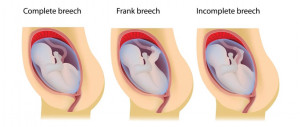
Breech Births
In the last weeks of pregnancy, a baby usually moves so his or her head is positioned to come out of the vagina first during

In the last weeks of pregnancy, a baby usually moves so his or her head is positioned to come out of the vagina first during

Local anesthesia is the use of drugs to prevent pain in a small area of the body. The anesthetic drug is injected into the area

The American College of Obstetricians and Gynecologists (ACOG) and the Society for Maternal-Fetal Medicine (SMFM) have released new recommendations to help new moms avoid cesarean

The pudendal block gets its name because a local anesthetic, such as lidocaine or chloroprocaine, is injected into the pudendal canal where the pudendal nerve
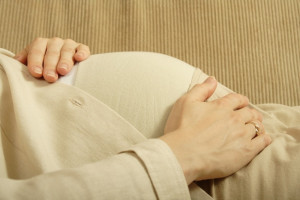
What Is an Episiotomy? Episiotomy is a procedure in which a small cut is made to widen the opening of the vagina when a woman
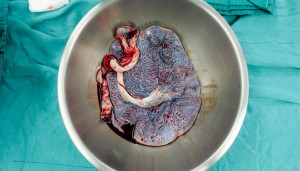
The final stage of labor occurs when the placenta is expelled from the mother’s uterus. For many women, this process happens on its own after
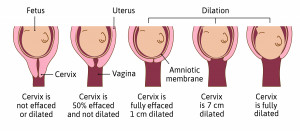
When you’re preparing for labor and delivery, “dilation” becomes a very important term because it measures how close you are to delivering your baby. For
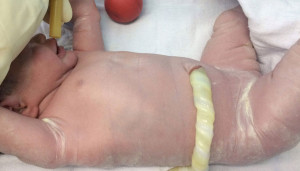
What Is Delayed Cord Clamping? Delayed cord clamping is the prolongation of the time between the delivery of a newborn and the clamping of the